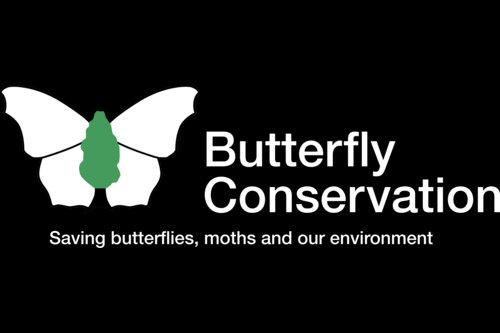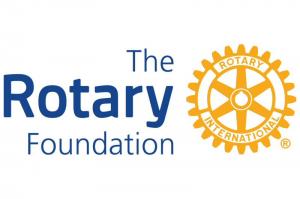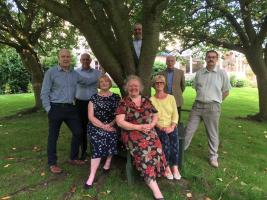Fife Butterfly Conservation
Tue, Jun 24th 2025 at 6:30 pm - 8:30 pm
Speaker will be Lesley Gordon

Former Inverkeithing High School teacher Lesley Gordon gave a presentation on behalf of the Butterfly Conservation Trust. Lesley trained during Covid and was provided with lots of information to be able to make presentations about the importance of butterflies as pollinators.
Lesley set out how everyone could help butterflies who she described as “in trouble” and outlined how Butterfly Conservation is trying, through the public, to get people to do a little bit of work for butterflies,and to help to improve their numbers. Their mission is practical conservation action.
An example would be cutting out gorse on the slopes of Arthur's Seat for a butterfly called a grayling. It's absolutely vital to take away the gorse and expose the rocks, because the butterfly needs to bask on the rocks.
Butterfly Conservation promotes scientific study. Each week Lesley walks the Cullaloe Transect which is on a local nature reserve near Aberdour. A Transect is a fixed-route weekly walk, typically 1-3km, lasting 30-90mins in which butterflies are counted. That goes into a database called the UK Butterfly and Moth Survey, and each week for six months from April to September she sends in her results.
Lesley gave a pictorial quiz asking members to identify various kinds of butterflies including Small Tortoiseshell, Ringlet, Small White, Large White, Common Blue, Wall Brown. She also showed species including Grayling, Comma, Green Veined White (does not eat garden brassica), Orange Tip, Meadow Brown, Speckled Wood (quite territorial), Small Copper, Small Heath, Small Skipper, Green Hairstreak and Purple Hairstreak.

The Northern Brown Argus, first found in 1793 in Holyrood Estate, around Holyrood Park has re-emerged in Scotland and is common at Charles Hill at Braefoot. Like many this species is currently on the red for danger list.
Lesley explained how we could make our gardens better for for pollinators. (Every fruit needs pollinators.)
Commonest pollinators - Bumble Bees, Hoverfly, Wasps, Beetles, Moths and Butterflies. Most bedding plants have no available pollen e.g. petunias, begonias. Best for pollinators - early blooming heathers, Muscari, Hyacinths, Lungwort, Snowdrops, Primrose, Cowslip, Alliums, Hardy Geraniums, Thistles, Scabious. Catmint, Verbena.sea Hollies, Dahlia, Echinacea, Helenium, Phlox, Sedums, Lavendar, Thyme, Nasturtiums.
Hedgerows, Ivy flowers are rich sources for late pollinators,
Lesley stressed please don’t be too tidy! Dan Hoare, President of Butterfly Conservation, was quoted last year as saying, gardeners in the United Kingdom have an obsession with tidiness, and that is not good for any of the pollinators, including butterflies.
Past President Aileen North gave the club’s vote of thanks saying how fascinated she had been with the different kinds and the colours of butterflies. On behalf of members Aileen thanked Lesley for such an interesting unusual talk.
Recommended websites
www.bumblebeeconservation.org/bee-the-change/
https://wild-spaces.co.uk
iRecord Butterflies App - for citizen recordings
N.B. The Big Butterfly Count is from Friday 18th July to Sunday 10th August 2025
'What We Do' Main Pages:

Information and application form. Scroll down to see who has benefited from our grants programme.
more
Primary Schools linked to Rotary Club of West Fife:- Blairhall, Cairneyhill, Carnock, Crossford, Camdean, Culross, Inzievar, Holy Name, Limekilns, Milesmark, St Serfs, Saline, Torryburn, Tulliallan. Secondary Schools:- Queen Anne and Woodmill
moreOiling the West Fife Club's Rotary wheel
more
The club has a varied and interesting sports programme incorporated under the Entertainment Programme. .
morePaul Harris Fellowship Awardees
more








